
BE THE FIRST TO KNOW
Subscribe to the Porto eCommerce newsletter to receive timely updates from your favorite products.
Buying new carpet for your home is an exciting venture, but it can also be overwhelming. With so many options available, it’s easy to make mistakes that can lead to dissatisfaction with your purchase. Understanding the common mistakes to avoid when buying carpet can save you time, money, and frustration.
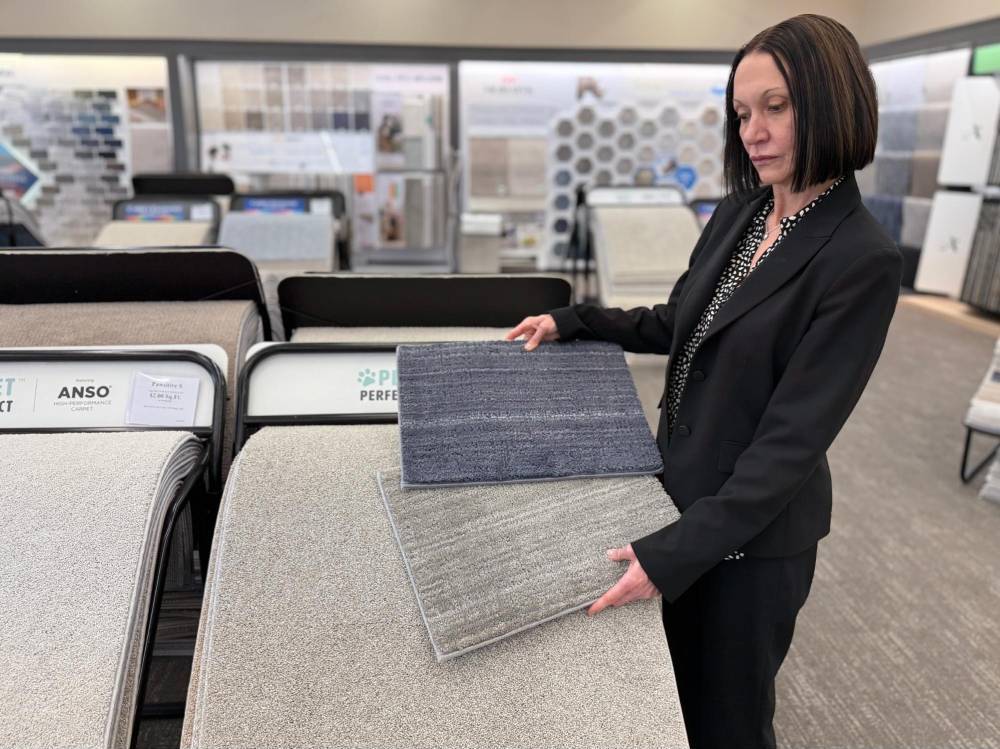
In this article, we will explore the pitfalls associated with carpet buying, how to choose the right carpet for high foot traffic areas, the importance of professional carpet installation, and more.
One of the most common slip-ups people make when buying carpet is skipping over the basics of carpet fiber types. And honestly, it’s easy to get overwhelmed; nylon, polyester, wool… what do they all mean?
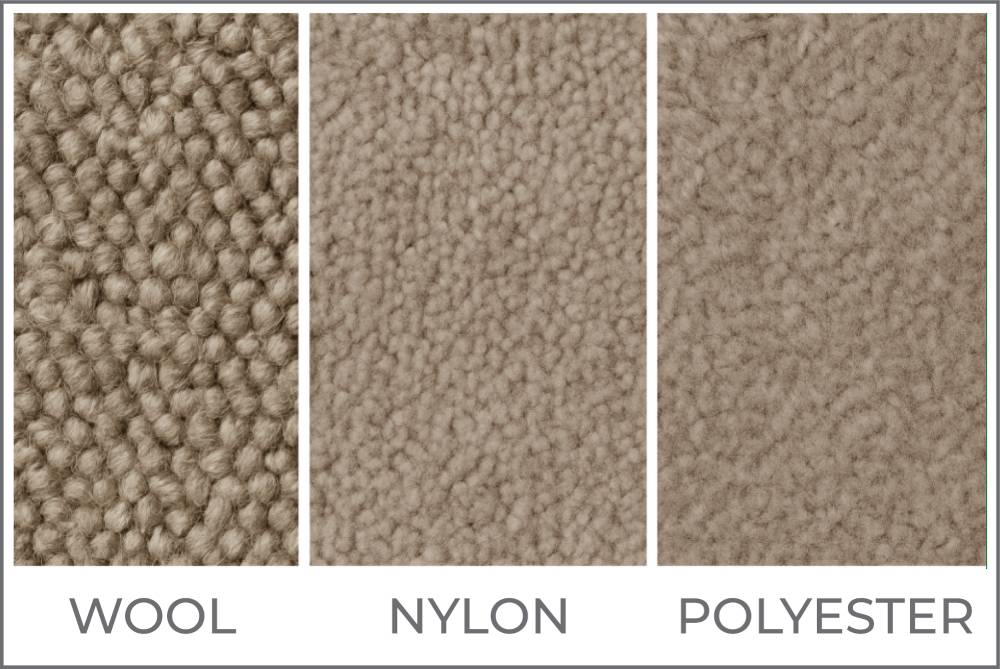
Here’s a simple breakdown to help you pick:
Quick Tip: If you don’t match the fiber type to your daily needs (like kids, pets, or high traffic), you might end up with carpet that wears out too fast or just doesn’t feel right.

In high foot traffic areas, one of the critical factors to consider is the face weight of the carpet. Face weight refers to the amount of fiber in a square yard of carpet and is a good indicator of durability. A common mistake people make is choosing a carpet with a low face weight, which may not withstand the constant pressure of foot traffic.
For areas like hallways, living rooms, or entryways, it’s advisable to choose a carpet with a higher face weight to ensure it can endure daily wear and tear without showing significant signs of damage.

Another mistake to avoid is choosing the wrong carpet style for your home. Different styles, such as a plush high-pile, Berber, or multi-tone, have varying appearances and functionalities. For example, plush carpets offer a soft, luxurious feel but may show footprints and vacuum marks easily. Berber, on the other hand, is more durable and hides dirt better, making it suitable for busy households.
If you select a carpet style that doesn’t complement your lifestyle or the aesthetic of your space, you may end up regretting your decision. Always consider both the look and practicality of the carpet style before making your purchase.
If you want to explore and make sure you choose the right carpet style for your home, visit our Carpet Inspiration page.
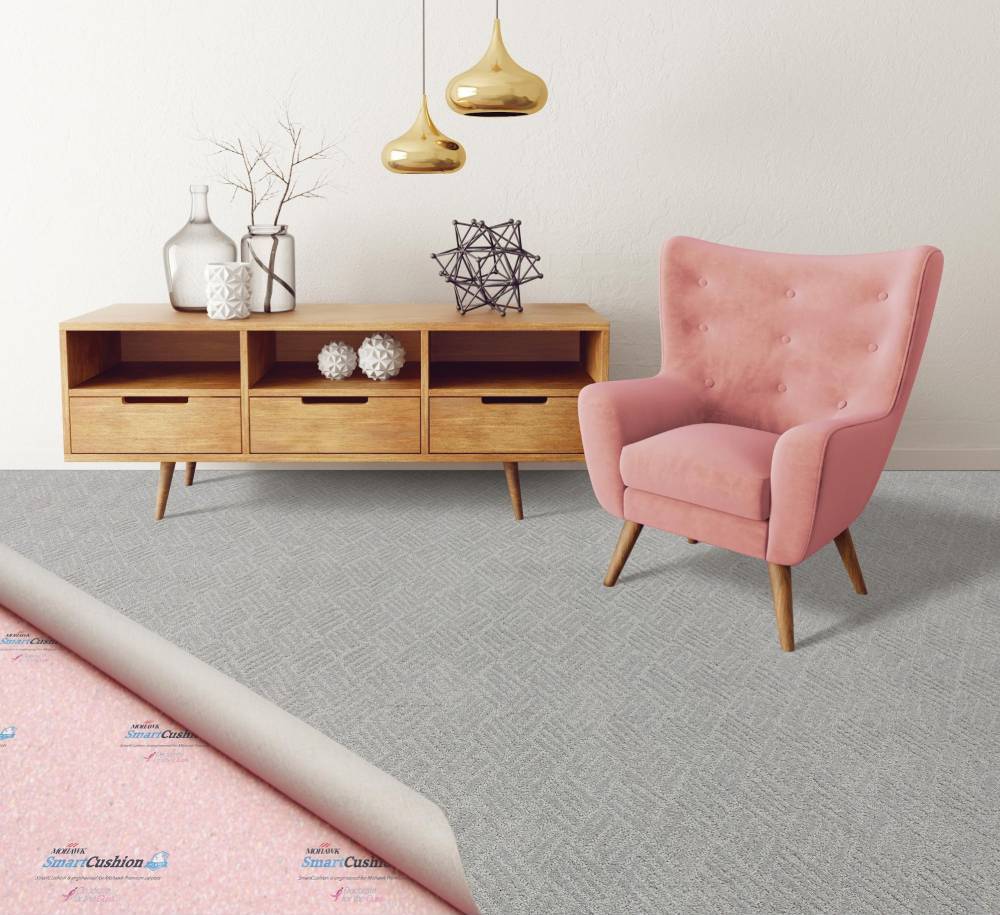
One of the most overlooked aspects of carpet buying is the pad. A quality carpet underpad is crucial for enhancing comfort, extending the lifespan of your carpet, and providing insulation. Many people make the mistake of skimping on this important component, opting for the cheapest option available.
However, a good carpet pad can significantly reduce wear and tear on your carpet, provide better sound absorption, and even improve energy efficiency in your home. When buying new carpet, ensure that you invest in a high-quality carpet pad that suits the type of carpet and the specific needs of your living space.
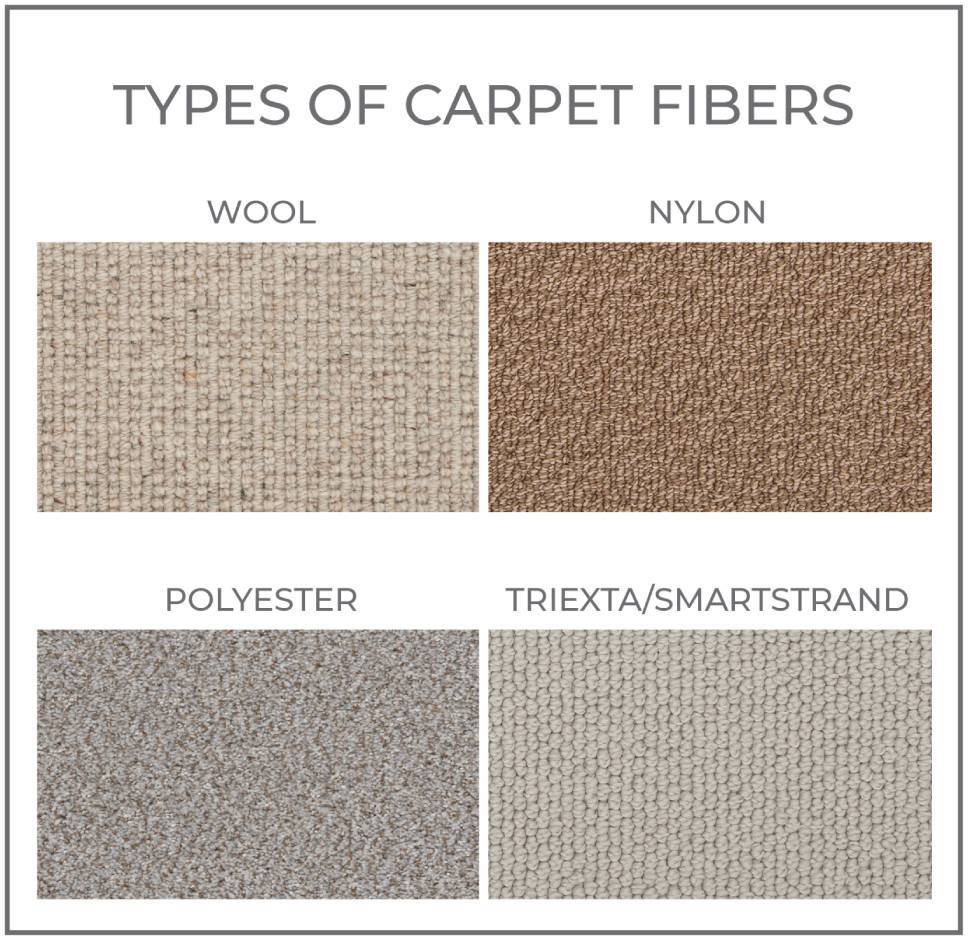
When buying carpet for high traffic areas, selecting durable carpet materials is essential. Synthetic fibers like nylon are often preferred due to their strength and resistance to stains and fading. Natural fiber carpets offer beautiful texture and eco-friendly appeal For high-traffic areas, it’s helpful to consider how the carpet material aligns with your home’s specific needs to ensure lasting performance.
Choosing a high-quality, durable carpet material will help you avoid the common mistake of purchasing a carpet that quickly deteriorates in high-usage spaces.
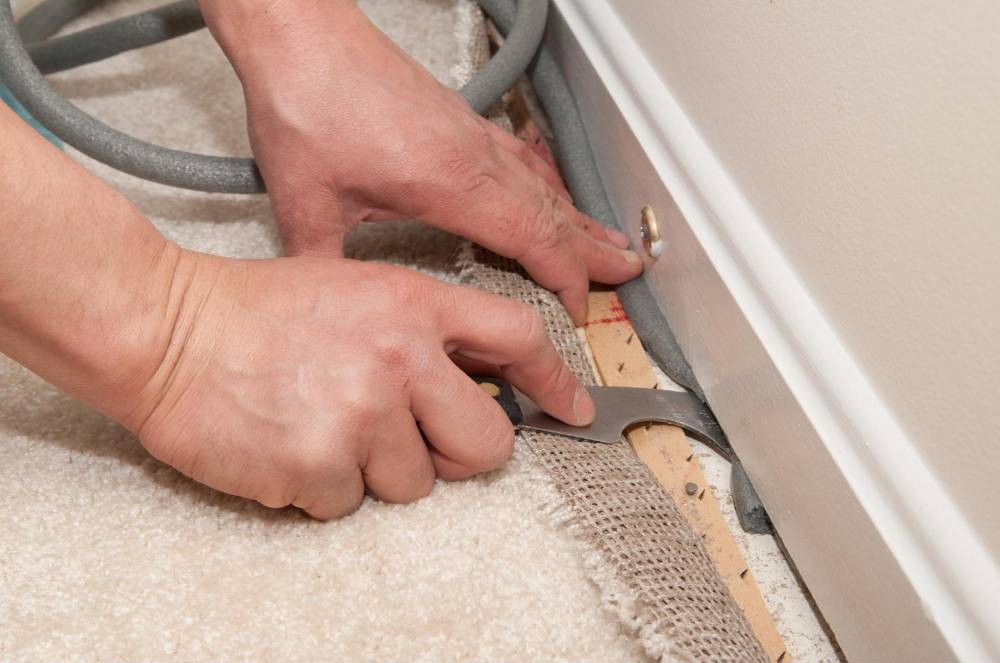
Another mistake to avoid when buying carpet for high foot traffic areas is overlooking the installation method. Professional installation can make a significant difference in the longevity of your carpet. Many people attempt to install carpet themselves, thinking it will save money.
However, improper installation can lead to issues such as buckling, wrinkles, or uneven surfaces. These problems not only compromise the appearance of your carpet but can also lead to premature wear. Investing in professional carpet installation ensures that your carpet is laid correctly and will perform well over time.
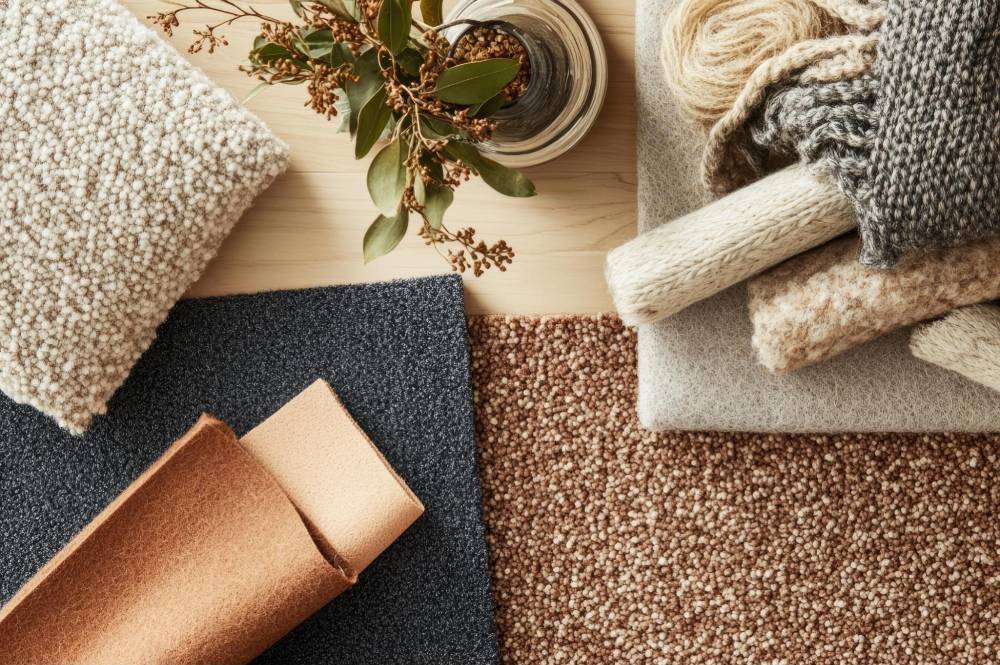
Before buying carpet, it’s vital to assess your lifestyle and needs. Consider factors such as the amount of foot traffic in your home, whether you have pets or children, and your preferences for maintenance and cleaning. For example, if you have a busy household with young kids and pets, a low-maintenance, stain-resistant carpet may be the best choice.
Conversely, if you prioritize aesthetics and comfort, you might lean towards a plush carpet that requires more care. Understanding your lifestyle can help you avoid common mistakes that come from selecting a carpet that doesn’t suit your needs.
Budgeting is another crucial aspect of the carpet buying process. Many people make the mistake of underestimating the total costs involved in purchasing and installing carpet. Beyond the price of the carpet itself, consider the costs of underpadding, installation, and any necessary preparations for your space.
It’s wise to set a budget that encompasses all these factors to avoid overspending or compromising on quality. A well-planned budget ensures you can select the perfect carpet without the stress of unexpected expenses.
Finally, when choosing the right carpet for your home, evaluating samples and color choices is essential. Many buyers make the mistake of choosing a carpet color that looks good in the store but may not work in their home environment. Lighting, wall colors, and existing furnishings can all affect how a carpet appears in your space.
Always bring samples home and observe them in different lighting throughout the day. This practice can help you avoid the disappointment of a carpet that doesn’t match your expectations once installed.
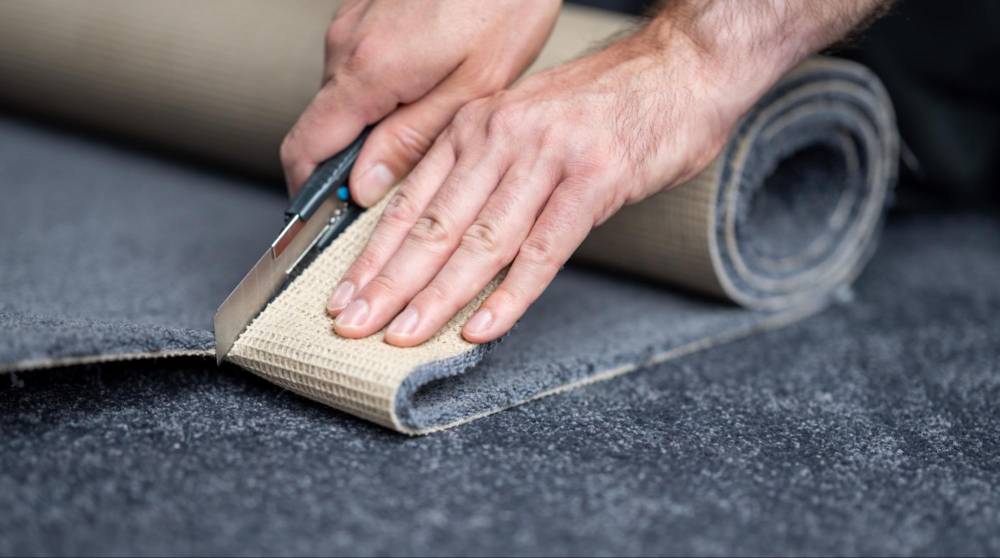
Buying carpet can feel overwhelming, there are so many styles, colors, and prices to think about. But beyond looks and cost, there are a few common mistakes people make that can lead to serious regret later. Here are 6 carpet-buying slip-ups you’ll want to steer clear of:
It sounds simple, but it’s one of the biggest mistakes. If you don’t measure your room correctly, you might end up with too little carpet—or way too much. That means extra trips, added costs, and a lot of stress.
Tip: Measure twice, and if you’re unsure, have a professional do it.
Most people skip this part, but knowing your carpet’s warranty and care instructions is super important. Some warranties are void if you don’t follow specific cleaning rules.
Tip: Ask about the warranty before buying and make sure you’re okay with the care requirements.
A beautiful carpet doesn’t always mean it’s the right choice for your lifestyle. A plush, light-colored carpet may look amazing, but if you have pets or kids, it might wear out fast.
Tip: Balance style with practicality, think about who will be walking on it every day.
Padding might not be visible, but it plays a huge role in how your carpet feels and how long it lasts. Cheap or wrong padding can ruin a good carpet.
Tip: Always ask which type of padding works best for your chosen carpet and space.
It’s easy to fall for a good price or soft texture, but will it still look good in two years? Some carpets wear out fast, especially in high-traffic spots like hallways or stairs.
Tip: Choose carpet based on how much wear it will get, not just on day one, but over time.
Store lighting can make carpet look very different from how it looks at home. If you skip this step, you could end up with a color that clashes with your furniture or lighting.
Tip: Take a few samples home and check them in natural and evening light.
Not all fibers are created equal. For example, polyester may feel soft but doesn’t last as long as nylon.
Tip: Learn the pros and cons of each fiber type (nylon, polyester, wool, etc.) before you commit.
Focusing only on carpet price can leave you surprised when you add in padding, installation, and delivery.
Tip: Set a full project budget, including materials, labor, and extras.
Some carpets are better at handling spills and messes than others, especially in homes with kids or pets.
Tip: Ask about stain-resistant options or treatments if that’s a concern in your household.
Carpet is a big investment and not something you want to replace often. Rushing through the process can lead to costly regrets.
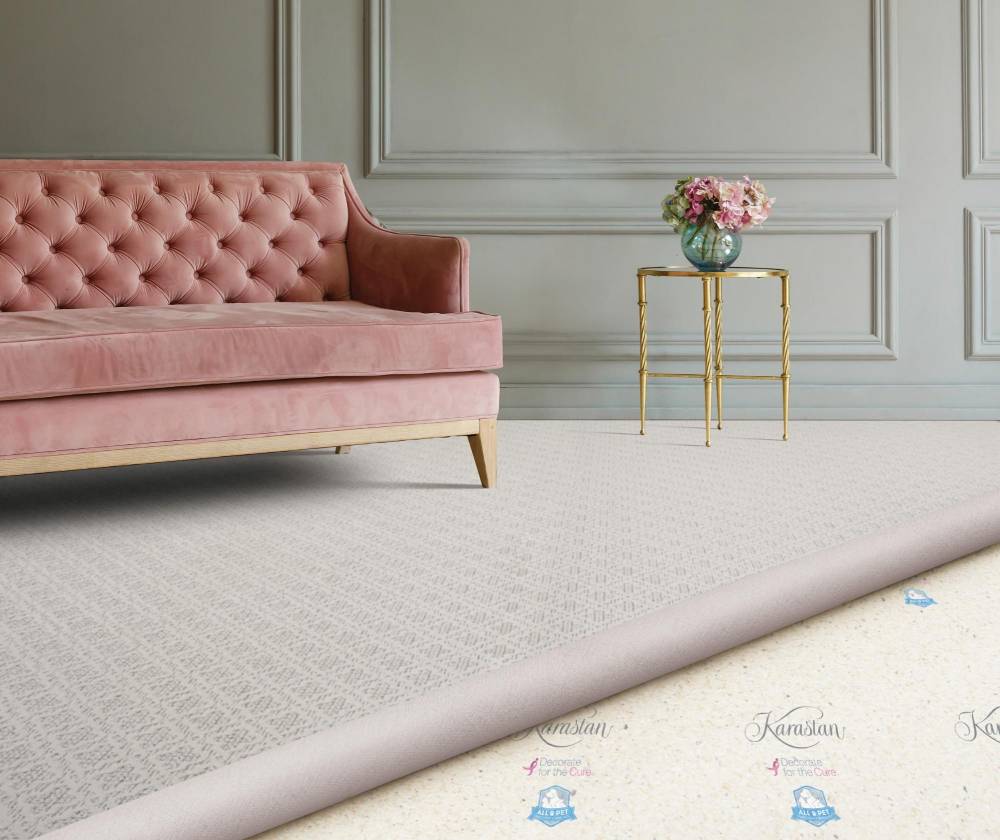
Replacing your carpet isn’t just about choosing a new one and laying it down. There are a few key things you should check and prepare for ahead of time. Here’s a simple checklist to guide you before the big day:
Replacing your carpet can be smooth and stress-free, as long as you plan ahead.
Carpet shopping can feel like a big job, but it gets easier when you know what to look for—and what to avoid. Understanding fiber types, measuring your space correctly, and being aware of hidden costs can help you avoid common mistakes. If you're replacing carpet, planning ahead for things like subfloor prep and installation timing makes a big difference.
At Carpet Exchange, we make the process simpler with expert advice and quality options you can trust. Ready to shop smart? Contact us today!